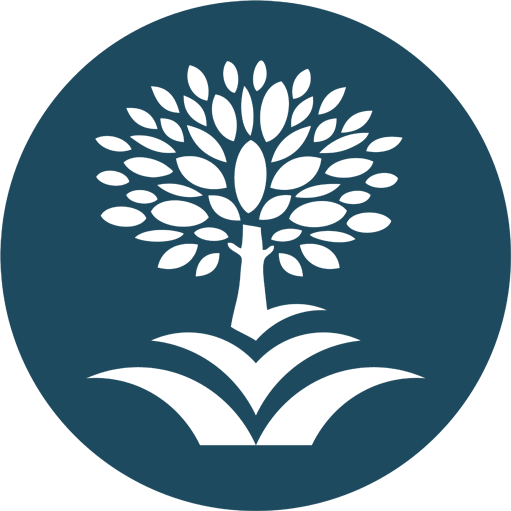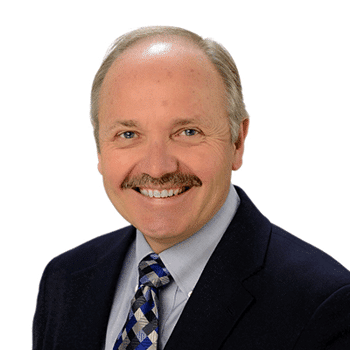Decoding Drug Slang: A Comprehensive Guide
Written by The Recovery Village
& Medically Reviewed by Dr. Kevin Wandler, MD
Updated 05/03/2024
Key Takeaways
- Drug slang reflects cultural shifts and historical contexts, evolving with societal attitudes and media influence.
- Drug slang serves as coded communication among users and dealers, often to evade law enforcement detection.
- Historical movements like the 1960s counterculture and the rise of hip-hop have significantly influenced drug-related vernacular.
- Understanding drug slang is crucial for professionals in law enforcement, healthcare, and education to effectively address substance-related issues.
- Drug slang varies by region and is influenced by local dialects, cultural references, and societal attitudes.
- Drug slang terms are dynamic, often region-specific, and can extend to drug transactions and usage.
- The digital age has introduced new dimensions to drug slang, with internet platforms facilitating the spread and transformation of terms.
- Media representations of drug use can influence societal attitudes and behaviors towards drugs.
- Professionals must stay informed about evolving drug slang to effectively communicate and intervene in drug-related situations.
- Anticipating the evolution of drug slang is important as technology and cultural shifts continue to influence its development.
Tracing the Historical Context of Drug Slang Development
The development of drug slang is a reflection of cultural shifts and historical contexts that have influenced the language of drug use over time. From the countercultural movement of the 1960s to the influence of popular media and music, drug slang has evolved as a dynamic lexicon within various subcultures. Terms like 'dope,' 'smack,' 'speed,' and 'nose candy' have permeated through different eras, adapting to the changing landscape of drug use and societal attitudes. Research indicates that this evolution is not only a linguistic phenomenon but also a reflection of the subcultural evolution and the socio-political environment surrounding drug use.
Drug slang serves as a form of coded communication among users and dealers, often developed to evade detection by law enforcement and to create a sense of community within the drug culture. The rise of hip-hop, for example, has had a significant impact on the English language, including the introduction and popularization of drug-related slang. The term 'dope' has seen a total inversion of meaning in this context, illustrating the fluid nature of slang.
Furthermore, the digital age has introduced new dimensions to drug slang, with internet platforms facilitating the spread and transformation of these terms. The necessity for brevity and efficiency in online communication has given rise to a condensed form of slang that conveys complex meanings succinctly. As society continues to evolve, so too does the language associated with drug culture, reflecting broader changes in technology, media, and social norms.
Historical Roots and Cultural Implications of Drug Slang
The genesis of drug slang is intertwined with the cultural, societal, and legal landscapes surrounding substance use. Drug slang has historically served as a coded language, allowing users to discuss illicit activities discreetly. The early 20th century saw the rise of marijuana slang, with terms like 'ganja'—originating from Sanskrit—reflecting the cultural influences on drug nomenclature. The counterculture movement of the 1960s further popularized drug slang, as the era's push for liberation and experimentation with psychedelics led to an explosion of new terms.
Drug slang also evolves in response to law enforcement efforts, with users creating new terms to stay ahead of authorities. For instance, the term '420' became synonymous with marijuana after a group of high school students in 1971 used it as a code for their cannabis-related activities. This term, and others like it, often gain wider usage and can become ingrained in popular culture, as seen in music and media. The digital age has further accelerated the evolution of drug slang, with online platforms facilitating the rapid spread of new terms.
Understanding the origins and transformations of drug slang is crucial for professionals in law enforcement, healthcare, and education. It aids in recognizing and addressing substance-related issues more effectively. Additionally, the study of drug slang offers insight into the shifting attitudes towards drugs and their use in society, highlighting the complex relationship between language, culture, and substance use.
Influential Factors in the Evolution of Drug Slang
The lexicon of drug slang continues to evolve, influenced by a variety of dynamic factors including law enforcement strategies, cultural shifts, and technological advancements. Law enforcement agencies utilize technology to enhance their operational capabilities, which inadvertently affects drug-related communication. For instance, the adoption of advanced surveillance and reporting tools necessitates the creation of new drug slang as individuals seek to evade detection. Deloitte Insights highlights the importance of technology in modern policing, which indirectly pressures the evolution of drug slang.
Popular culture is another significant driver of drug slang development. Music, movies, and other media forms not only reflect existing drug vernacular but also contribute to its propagation and innovation. The portrayal of drug use in media can normalize certain terms, making them commonplace in everyday language. The National Center for Biotechnology Information discusses the impact of mass culture on drug use perceptions and behaviors, illustrating the symbiotic relationship between media representation and slang terminology.
Lastly, the digital landscape provides a fertile ground for drug slang to flourish. Online forums, social media platforms, and encrypted messaging services offer new avenues for the dissemination and creation of drug-related jargon. As noted by the RAND Corporation, the digital evolution presents challenges and opportunities for law enforcement, as well as influences the continual metamorphosis of drug slang.
Deciphering Drug Slang: Common Terms Unveiled
Understanding drug slang is crucial in identifying substance use, especially among younger demographics. Drug slang terms are dynamic and often region-specific, with new vernacular continually emerging. Here are some common drug slang terms categorized by substance:
- Marijuana: Often referred to as Weed, Pot, Grass, Herb, Mary Jane, and Reefer.
- Cocaine: Commonly known as Blow, Coke, Snow, and Rock when in its crystalline form.
- Heroin: Referred to as H, Smack, Black Tar, and Junk.
- MDMA/Ecstasy: Known as Molly, E, X, and Love Potion among partygoers and teens.
- Methamphetamine: Slang includes Meth, Crystal, Ice, and Glass.
- Prescription Drugs: For Adderall, terms like Study Buddy and Smart Drug are used, while prescription opiates might be called Blues or Hillbilly Heroin.
These terms can also extend to drug transactions and usage, with phrases like 'Dime bag' representing $10 worth of drugs, or 'Hand-to-hand' indicating a direct drug transaction. The Drug Enforcement Administration (DEA) and the National Institute on Drug Abuse (NIDA) periodically release updated slang terms to help the public and professionals decipher conversations about drugs. Staying informed about these terms is essential for parents, educators, and professionals in healthcare and law enforcement to effectively address and prevent drug misuse.
Deciphering Drug Slang: Terminology for Various Substances
Drug slang terms are a key element in the clandestine discussions of substance use. These terms are not only numerous but also vary widely depending on the type of drug. Cocaine, for instance, is commonly referred to as 'coke,' a term derived from its full name and universally recognized. Other terms like 'yayo,' have been popularized by hip-hop culture and are prevalent in urban areas. Heroin, known as 'smack' on the East Coast, often combines with other substances, leading to compound slang such as 'Dynamite' for heroin and cocaine, and 'Primo' or 'dragon rock' for heroin and crack.
Marijuana boasts a particularly extensive slang vocabulary with over 1,200 terms. Names like 'Kush,' 'Maui Wowie,' and 'chronic' represent different strains or qualities. While 'joint' refers to a marijuana cigarette, 'bud' highlights the part of the cannabis plant that is consumed. The term 'weed' remains a staple, with new additions like 'trees' reflecting the evolving language. The digital age has seen these terms proliferate across online forums and social media, further complicating the landscape for law enforcement and healthcare professionals seeking to understand the nuances of drug-related communication.
For professionals in law enforcement, healthcare, and education, staying abreast of these ever-changing terms is crucial for effective communication and intervention strategies. The dynamic nature of drug slang underscores the adaptability of drug culture and the need for continuous research and education in this field.
Understanding Regional Variations in Drug Slang
Drug slang is not a static language; it is continuously shaped by cultural, social, and geographic influences. The evolution of drug slang is often reflective of historical eras and cultural movements, with each leaving a distinct mark on the lexicon. For instance, the counterculture of the 1960s introduced numerous drug-related terms that are still in use today. These terms not only signify the substances themselves but also embody the attitudes and experiences associated with their use.
Geographic location plays a crucial role in the variation of drug slang. Local dialects, cultural references, and societal attitudes all contribute to the distinct drug slang that develops in different regions. For example, the same drug may be known by various names across different cities or countries, creating a 'tapestry of language' that requires careful interpretation. Street drug slang can offer insights into local drug cultures and is essential for developing effective communication and intervention strategies.
Professionals in law enforcement and healthcare, as well as educators, benefit from understanding these regional nuances to better address and manage drug-related issues within their communities. The DEA's compilation of drug slang is one such resource that helps decode the ever-evolving language of drug slang, which is vital in staying ahead of trends and ensuring effective communication.
Interpreting Drug Slang Within Different Contexts
Drug slang operates as a dynamic lexicon, often reflecting cultural shifts, regional differences, and the need for discretion within certain communities. A single term can hold multiple meanings, adapting to various contexts from subcultures to geographic regions. For instance, the word 'dope' has transformed over time from a term for medicinal substances to a colloquial expression in sports and rap culture, signifying excellence or illicit drugs, depending on the context ( source ).
Understanding these nuances is essential for professionals in law enforcement, healthcare, and education. For law enforcement, it aids in decoding covert communications about drug activities ( DEA report ). Healthcare professionals can better recognize substance use issues, and educators can address drug-related topics with informed awareness.
Regional variations in drug slang further complicate interpretation. Marijuana, for instance, may be referred to as 'weed' universally, yet possess a plethora of local nicknames such as 'pot' or 'Mary Jane' ( source ). Online platforms and social media also contribute to the evolution and spread of drug slang, with new terms emerging and old ones gaining different connotations ( Dictionary.com ). Thus, staying informed about current slang trends is crucial for accurate interpretation and effective communication.
Portrayal of Drug Slang in Music and Media
The portrayal of drug slang in music and media is a complex issue with significant cultural implications. Research indicates that media representations often dehumanize individuals who use drugs, perpetuating stigma and negative healthcare outcomes. A shift away from stereotypical portrayals could promote a more humane perspective on drug use. Studies have shown that music, movies, and other media forms can glamorize drug use, depicting it as a symbol of wealth and status, particularly in genres like rap music.
Historically, the counterculture of the 1960s birthed a plethora of drug slang terms, reflecting societal attitudes and shifts in drug use. In modern times, digital platforms and social media have become hotbeds for the evolution of drug slang, with new terms emerging and spreading rapidly. The glamorization of drug culture in media forms like music and movies has been criticized for trivializing the serious consequences of drug trafficking and use. Research suggests that such portrayals can influence social reality, affecting the audience's perceptions and behaviors towards drug use.
Moreover, the prevalence of drug use in Oscar-nominated movies and popular music lyrics underscores the massive influence of media on public perception. While some media portrayals provide a cautionary tale, others may inadvertently spark curiosity and interest in drug use through vivid and attractive depictions. It is crucial for media consumers to critically assess these portrayals and for creators to consider the impact of their work on societal attitudes towards drugs.
Deciphering Drug Slang on Digital Platforms
The landscape of drug slang has been dramatically reshaped by the advent of digital communication. Social media platforms and online forums serve as hotbeds for the evolution and dissemination of drug-related slang. The anonymity and reach of the internet facilitate a rapid spread of new terms, while the need for discretion in public forums accelerates the creation of coded language. Digital platforms not only reflect real-time changes in drug culture but also contribute to their formation.
For instance, terms like 'plug' for a dealer or 'zaza' for high-quality marijuana are just a few examples of how drug slang adapts to the online environment. The use of emojis in drug slang, such as a green leaf (🍃) for marijuana or a snowflake (❄️) for cocaine, provides a layer of obfuscation, allowing users to communicate covertly. This presents challenges for parents, educators, and professionals in understanding and monitoring drug-related communication.
Monitoring tools and educational resources are critical in combating the misuse of these platforms for drug-related activities. For example, FDA initiatives have aimed at understanding drug use trends through social media analysis. Awareness and education can empower individuals to recognize and decode the nuanced language of online drug slang, which is essential for prevention and intervention efforts in substance abuse.
Deciphering Drug Slang: A Crucial Skill for Professionals
Professionals across various fields such as law enforcement, healthcare, and education play a pivotal role in understanding and decoding drug slang. For law enforcement officers, comprehension of drug-related communication is essential for identifying and preventing illicit drug activities. The Drug Enforcement Administration (DEA) frequently updates its database with new slang terms to aid officers in staying ahead of the evolving language used in drug trade. Similarly, healthcare providers benefit from this knowledge to better communicate with patients about substance use, ensuring accurate diagnosis and treatment. In educational settings, educators equipped with an understanding of drug slang can identify potential drug use among students and intervene appropriately.
Moreover, the United Nations Office on Drugs and Crime (UNODC) emphasizes the strategic role of law enforcement in substance use prevention within schools, highlighting the importance of comprehensive drug education. As drug terminology evolves with cultural shifts and technological advancements, staying informed on slang can help professionals across these sectors effectively address drug-related issues within their communities.
Deciphering Drug Slang: A Vital Tool for Law Enforcement
Drug slang is a dynamic and coded language that evolves constantly, often as a direct response to law enforcement activities. Understanding this elusive vernacular is crucial for law enforcement professionals in identifying and combating drug-related crimes. The Drug Enforcement Administration (DEA) provides comprehensive resources, such as the 'Drug Slang Code Words' reports, to assist officers in staying current with the latest terminology. DEA Intelligence Reports serve as essential references, offering insights into the myriad of slang terms used to discreetly discuss controlled substances, designer drugs, and synthetic compounds.
By mastering drug slang, law enforcement can more effectively intercept illicit drug communications, understand the substances being referenced, and discern the context in which they are used. This knowledge is particularly valuable in undercover operations, surveillance, and interpreting communications intercepted via wiretaps or online platforms. Additionally, the awareness of regional variations in drug slang can enhance the precision of law enforcement efforts, as terms can differ significantly across different areas.
Ultimately, the ability to decode drug slang is not just about linguistic knowledge; it's a strategic asset in the ongoing effort to thwart drug trafficking and address the challenges posed by the ever-changing landscape of drug abuse and distribution.
The Importance of Drug Slang Literacy for Healthcare Professionals
Healthcare professionals encounter a diverse patient population, some of whom may have a history of substance use or addiction. Understanding drug slang is crucial for these professionals as it enables them to communicate effectively with patients, recognize signs of substance abuse, and provide appropriate care. Drug slang often serves as a colloquial lexicon that evolves and varies by region, age, and culture, making it challenging yet essential to grasp for accurate patient assessment and engagement.
Knowledge of drug slang can also aid in building trust with patients. When healthcare providers are familiar with the terminology, they can better understand a patient's experiences and struggles, which enhances rapport and the therapeutic relationship. This understanding may lead to more accurate health histories and improved treatment outcomes. For instance, slang words can be metaphors for the effects or appearance of drugs, giving insights into a patient's drug use experience, crucial for tailoring interventions and support.
Moreover, healthcare professionals equipped with this knowledge can contribute to broader public health efforts. By recognizing and interpreting drug slang, they can identify emerging drug trends, contribute to educational materials, and assist in preventive measures against substance abuse. In summary, drug slang literacy is a valuable skill set for healthcare professionals that supports patient care, treatment, and broader public health initiatives.
The Crucial Role of Educators in Addressing Drug Slang Among Students
Understanding and addressing drug slang within educational settings is vital for educators to effectively identify and prevent substance misuse among students. The U.S. Department of Education highlights the importance of creating supportive learning environments to prevent youth and young adult substance misuse. This includes providing resources and guidance to schools on how to help students make healthy lifestyle choices and recognize the risks associated with substance use ( ED Resources ).
Engaging students in alcohol and other drug (AOD) education can shape their attitudes and behaviors toward substances. A comprehensive approach involves not just sharing information about the dangers but also helping students develop coping strategies for risky situations and empowering them to make safer choices ( Alcohol and Drug Foundation ).
Moreover, educators play a primary role in substance abuse education, prevention, and early identification. This responsibility extends to understanding the ever-evolving drug slang that students may use, which can often be a direct indicator of substance use trends within the student population. It is also essential for educators to be aware of the cultural and regional variations in drug slang to effectively communicate and educate students about the risks associated with drug use ( AAP Publications ).
Resources such as lesson plans, activities, and videos are available to assist educators in delivering drug education tailored to various grade levels. These resources are designed to engage students in meaningful discussions about substance use and its consequences, as well as to equip them with knowledge to resist peer pressure and make informed decisions ( Get Smart About Drugs ).
Anticipating the Evolution of Drug Slang in 2024
Drug slang, an ever-evolving lexicon, is expected to continue its transformation in 2024, influenced by technological advancements, cultural shifts, and medical innovations. As generative AI becomes more integrated into pharmaceuticals, it may also inadvertently influence the creation of new drug-related terminologies. The rise of personalized medicine and the increasing complexity of drug names and their mechanisms could lead to a new wave of slang terms that are more scientific or technology-driven in nature.
Moreover, the impact of digital communication platforms cannot be overlooked. Social media and online forums have historically been breeding grounds for new slang, and with the advent of platforms harnessing AI, the speed at which these terms are generated and disseminated is likely to accelerate. Users may adopt cryptic or coded language to evade detection by algorithms designed to identify and flag drug-related content, leading to an even more complex and nuanced drug slang landscape.
Additionally, the global nature of the internet will continue to foster cross-cultural exchanges, potentially giving rise to a more diverse and blended drug slang vocabulary. Regional variations in drug slang will persist, but the digital age may also see the emergence of universal terms that transcend geographic boundaries.
Healthcare professionals, law enforcement, and educators must stay informed of these changes to effectively understand and address drug-related issues within their respective fields. The dynamic nature of drug slang poses both challenges and opportunities for these professionals to engage with and educate populations about substance use and its risks.
If you are struggling with a drug or alcohol addiction, it might be time for professional treatment. The experts at The Recovery Village Palm Beach at Baptist Health are able to identify and treat substance use disorders as well as other co-occurring mental health conditions. Contact us today to learn more about treatment programs that can work well for you.
Authorship



